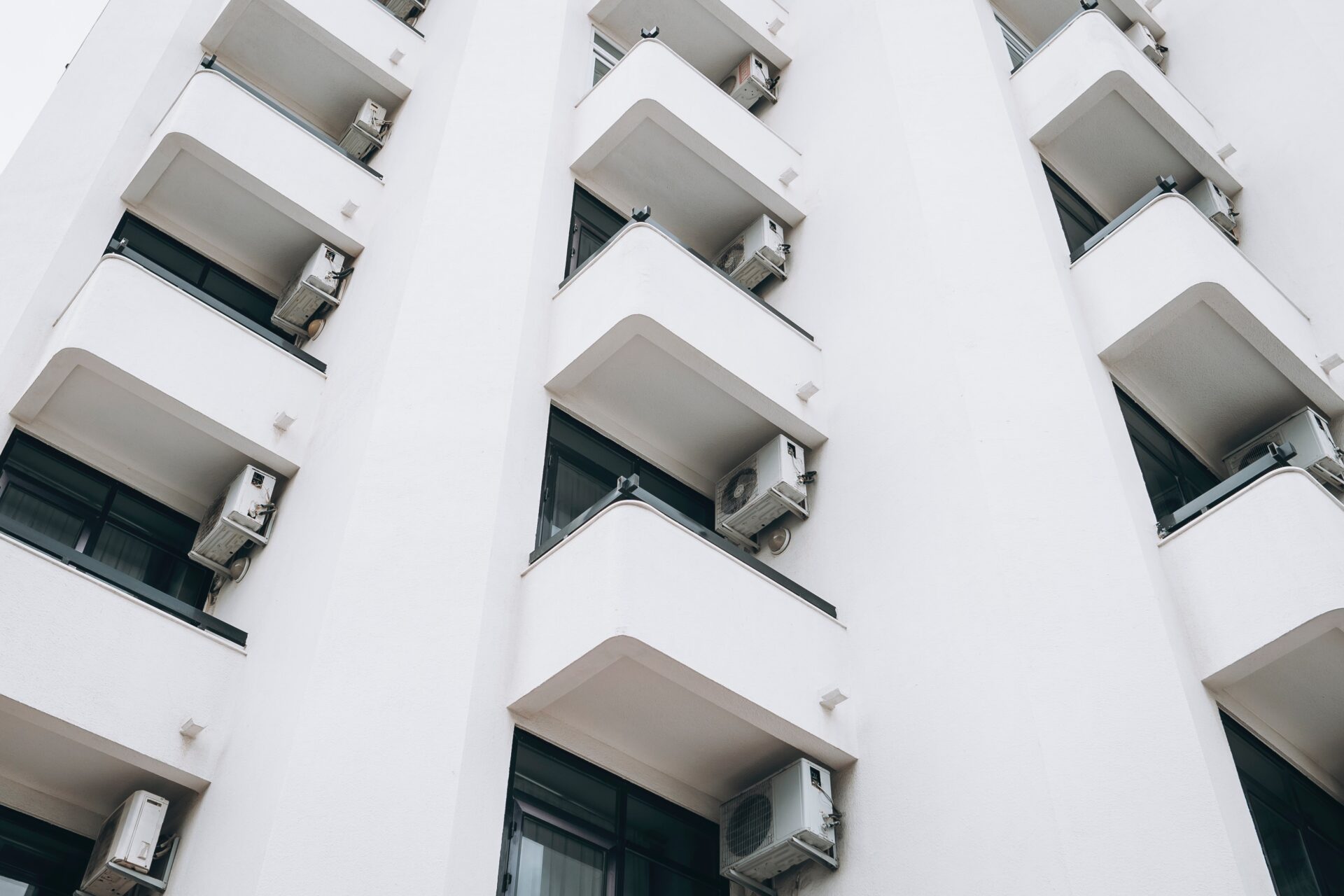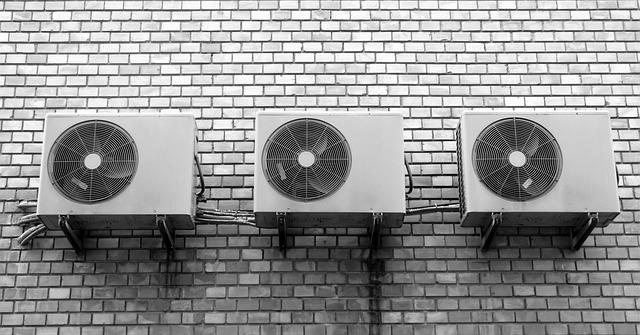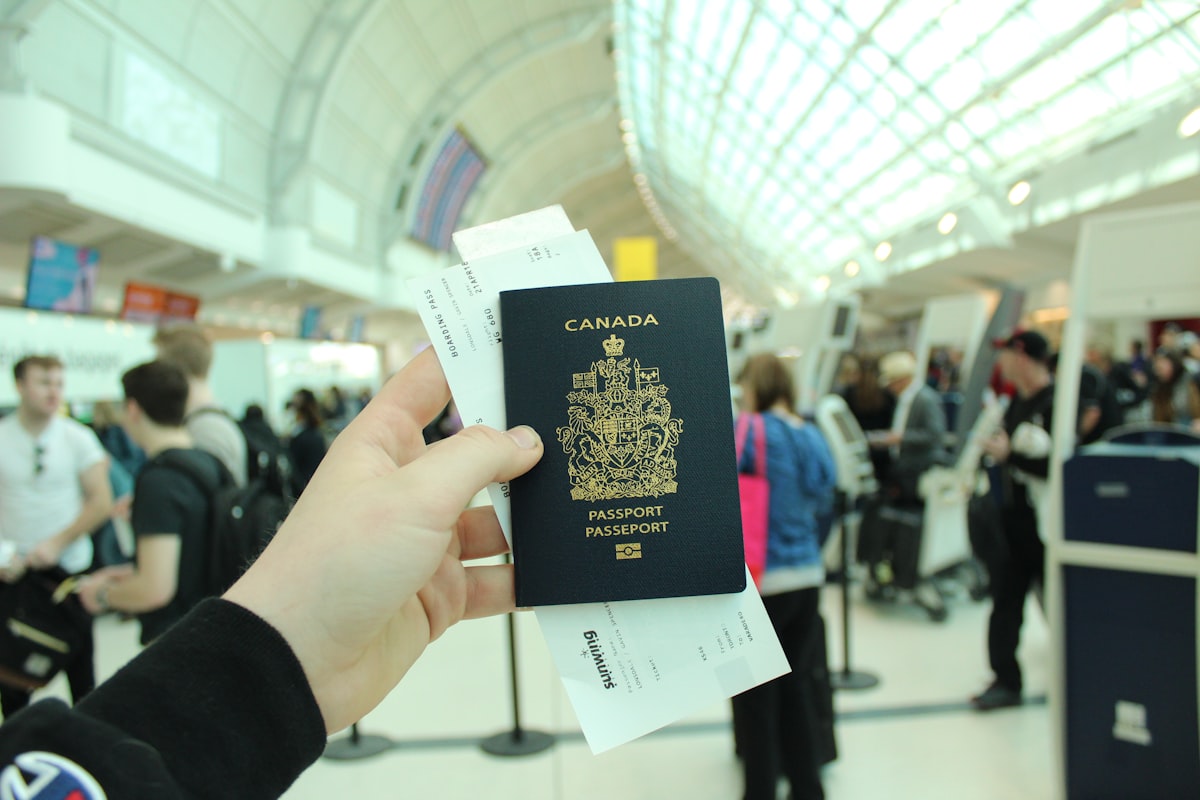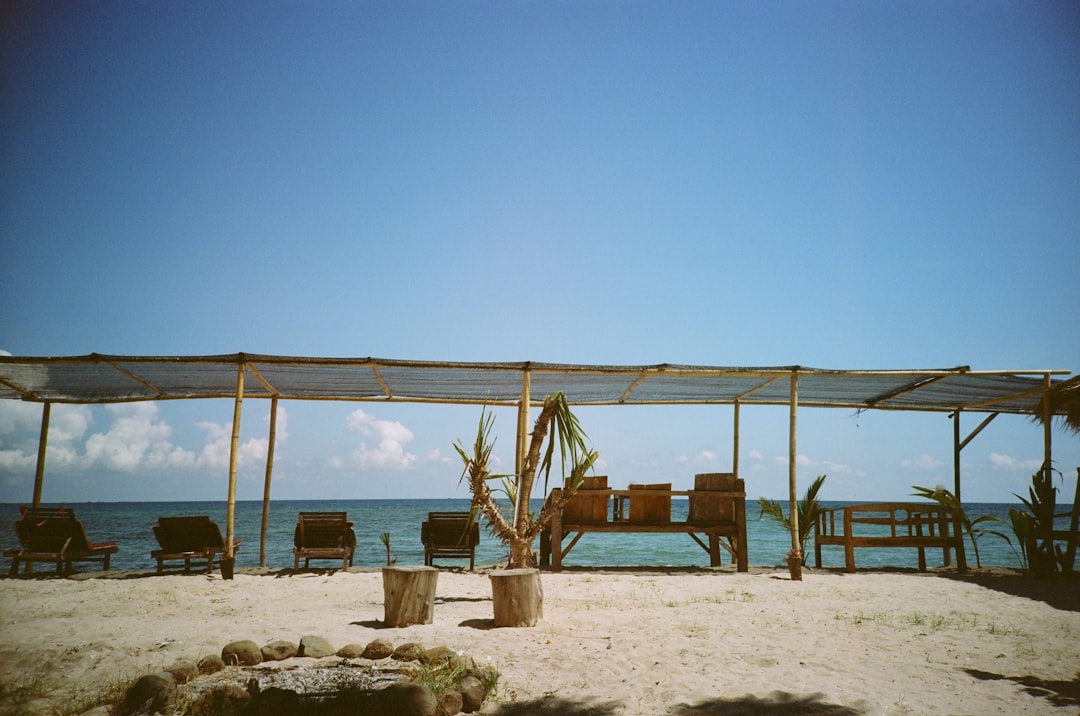Ductless Heating And Cooling

Table of Contents
Ductless heating and cooling is a great option for those who live in homes with little to no central air conditioning. Unlike other systems, it does not require any ductwork in your home, meaning it can be set up quickly.
What is Ductless Heating and Cooling?
It is a new technology that uses less energy than traditional heating and cooling systems. It works by sending hot or cold air through the ducts in your home using small fans and coils instead of the large, central HVAC unit. This makes it a more economical, environmentally-friendly option for homeowners.
There are a few drawbacks to ductless heating and cooling, but they are generally outweighed by the benefits. The biggest drawback is that it can take longer to heat or cool a room using this technology. However, because ductless heating and cooling systems use smaller fans, they can be more efficient than traditional systems. Additionally, since these systems work with the ambient temperature instead of preheating or cooling rooms, they’re often less expensive than traditional heating and cooling systems.

Related post : https://immigrants101.com/how-much-does-it-cost-to-replace-a-furnace-and-air-conditioner-in-canada/
Benefits of Ductless Heating and Cooling
About 75% of all heating and cooling system installations are ducted systems. Ductless HVAC is the latest and most efficient ducted heating and cooling technology. Here are some of the benefits of ductless HVAC:
Reduced installation time:
Since there is no ductwork, ductless systems are typically installed in a fraction of the time than traditional ducted systems.
Improved comfort:
Ductless systems deliver consistent comfort levels regardless of the weather conditions outside, making them ideal for use in high-rise buildings or areas with variable weather.
Reduced energy costs:
Because ductless systems operate using less energy, they can save you money on your monthly energy bill.
Who Should Use Ductless Heating and Cooling?
This system is a great choice for people who want to save energy and money. It’s a convenient way to heat or cool your home without using any traditional ductwork. You can use ductless heating and cooling in the same way you would use a central air conditioner or heat pump.
There are a few things to consider before you decide to install ductless heating and cooling:
1. Your home’s layout.
You need to know where all the ductwork is in your home in order to choose the best heating and cooling solution for you. ductless heating and cooling comes with its own set of installation complications that can only be solved by an experienced contractor.
2. Your energy usage.
Ductless systems use more energy than traditional systems, so it’s important to compare the costs of both options before making a decision.
3. Your comfort level.
Some people find ductless systems more comfortable than traditional systems because they don’t have to worry about the cold air blowing into their faces while they sleep.
Types of Ductless Heating and Cooling Systems
There are many types of ductless heating and cooling systems, each with its own benefits.
Evacuated tube system :
This is the most common type of ductless heating and cooling system. An evacuated tube system uses a series of tubes to transfer heat or cold air around your home. The tubes are typically installed near windows and doors to ensure good airflow.
air-to-air heat pump :
An air-to-air heat pump transfers heat by exchanging air between two rooms. The room with more heat (the source) sends warm air through the compressor, which then cools it as it enters the outdoor unit. The room with less heat (the target) takes in cooler air from the outdoor unit, which warms up and is then sent back into the source room where it replaces the warmed up air.
air-to-water heat pump :
An air-to-water heat pump transfers heat by exchanging water between two rooms. The room with more heat (the source) sends cold water through the condenser, which then warms up and is then sent back into the source room where it replaces the cooled down water.
Installation Guidelines for Ductless Systems
Ductless heating and cooling systems are becoming more popular every year. Installation guidelines are important to follow when installing a ductless system, to ensure that the system functions properly and is safe. Here are some tips to help you install a ductless system successfully:
1. Consult with an experienced contractor.
A qualified installer can help you select the right type of ductless system for your home, and can provide installation advice based on your specific needs.
2. Make sure the ductwork is properly sized.
The size of the ductwork will affect the amount of air that can flow through the system, as well as how efficiently it will heat or cool your home. Be sure to have an accurate assessment done by a contractor prior to installation.
3. Use insulation where necessary.
Insulation will help keep your home warm during colder months, and cool during hotter months.














